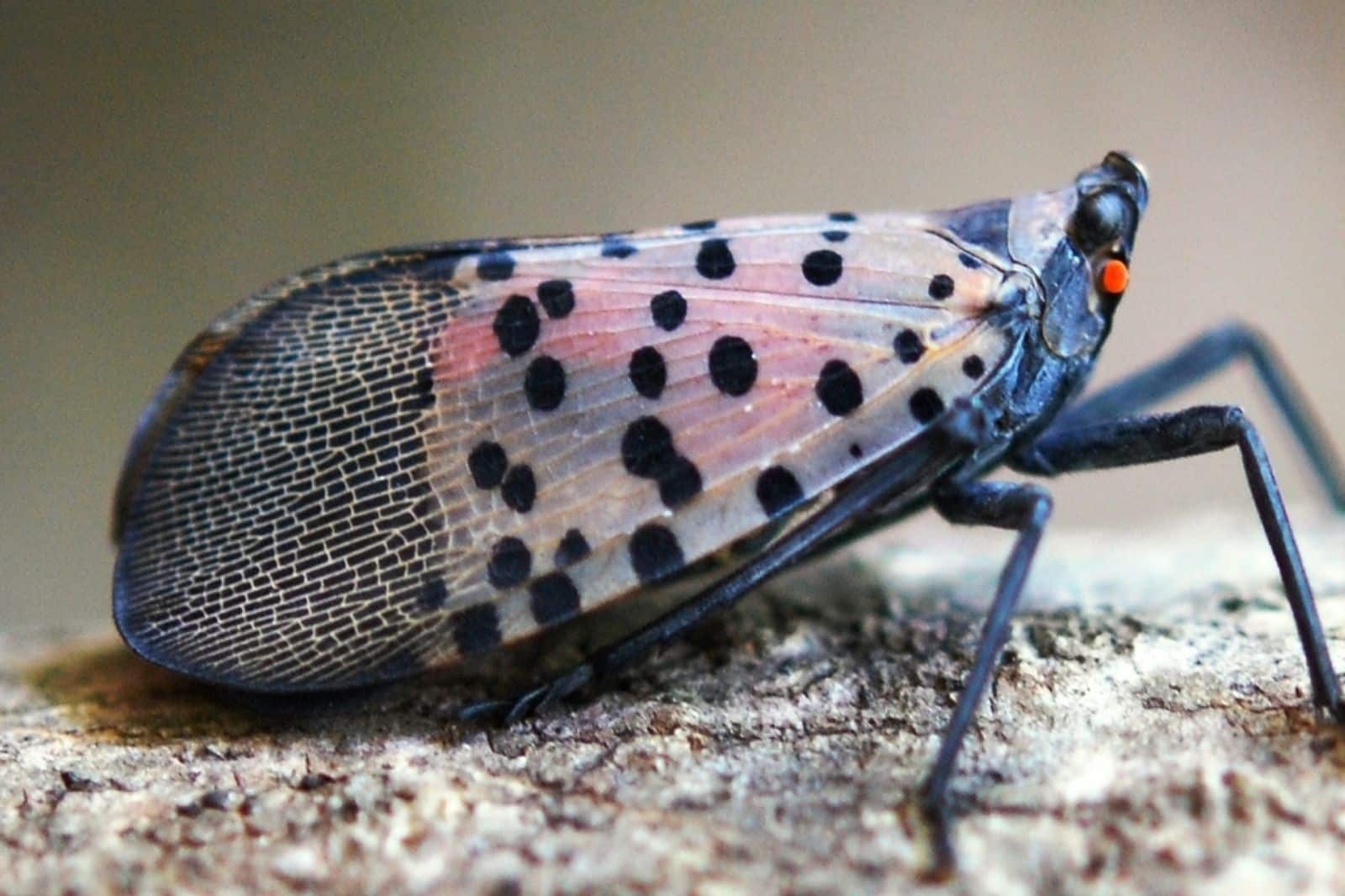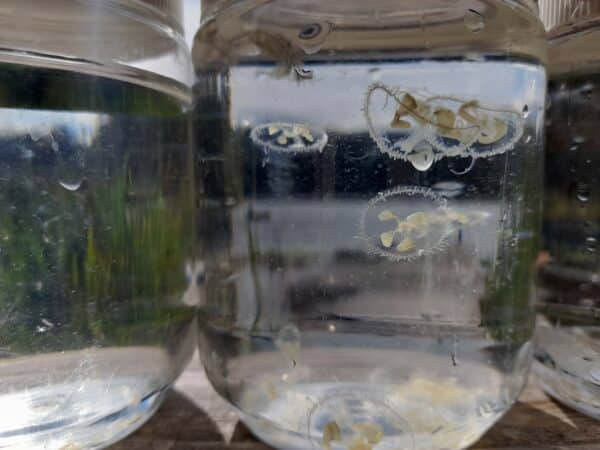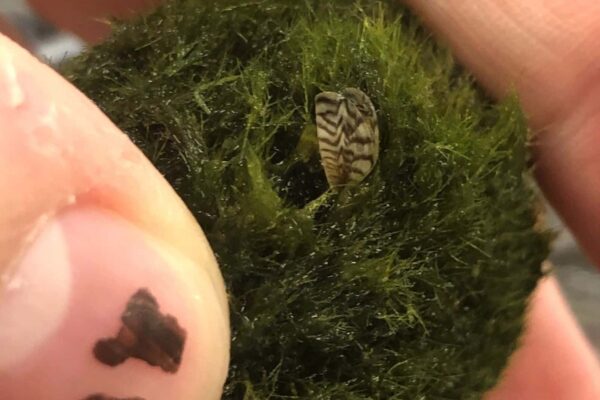Published November 3, 2021
The Invasive Species Council of BC is asking the people of British Columbia to be on the lookout for invasive Spotted lanternfly (Lycorma delicatula) and report any potential sightings. The destructive invasive insect was possibly sighted in central Washington earlier this month. The Washington Department of Agriculture has been unable to confirm the report but has said that the area is inhabitable and contains many favorable hosts of the Spotted lanternfly.
Spotted lanternfly is not yet present in BC, but the Canadian Food Inspection Agency (CFIA) added L. delicatula as a regulated pest list in 2018 to prevent the introduction from infested areas in the United States. It damages host plants and feeds on a wide variety of agricultural crops. If it were to establish in BC, the extremely harmful pest could cause widespread damage to our province’s wine, orchard fruit and forestry industries.
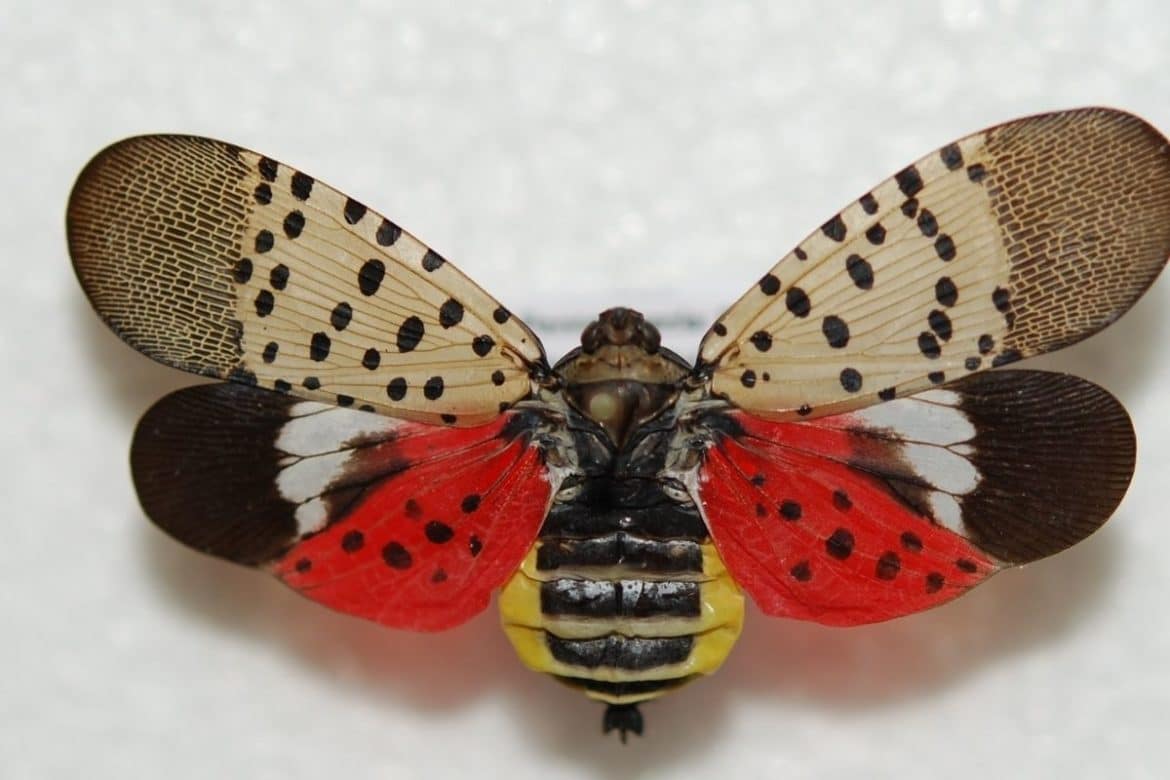
Adult Spotted lanternfly are 2.5 cm long and are most recognizable by their colourful patterned wings and the yellow stripes on the sides of their abdomen. The adult insect is visually distinct from any native Canadian insect species. When at rest, the grey spotted top wings are held at an angle against the body, like a small tent, and the red hindwings are completely covered.
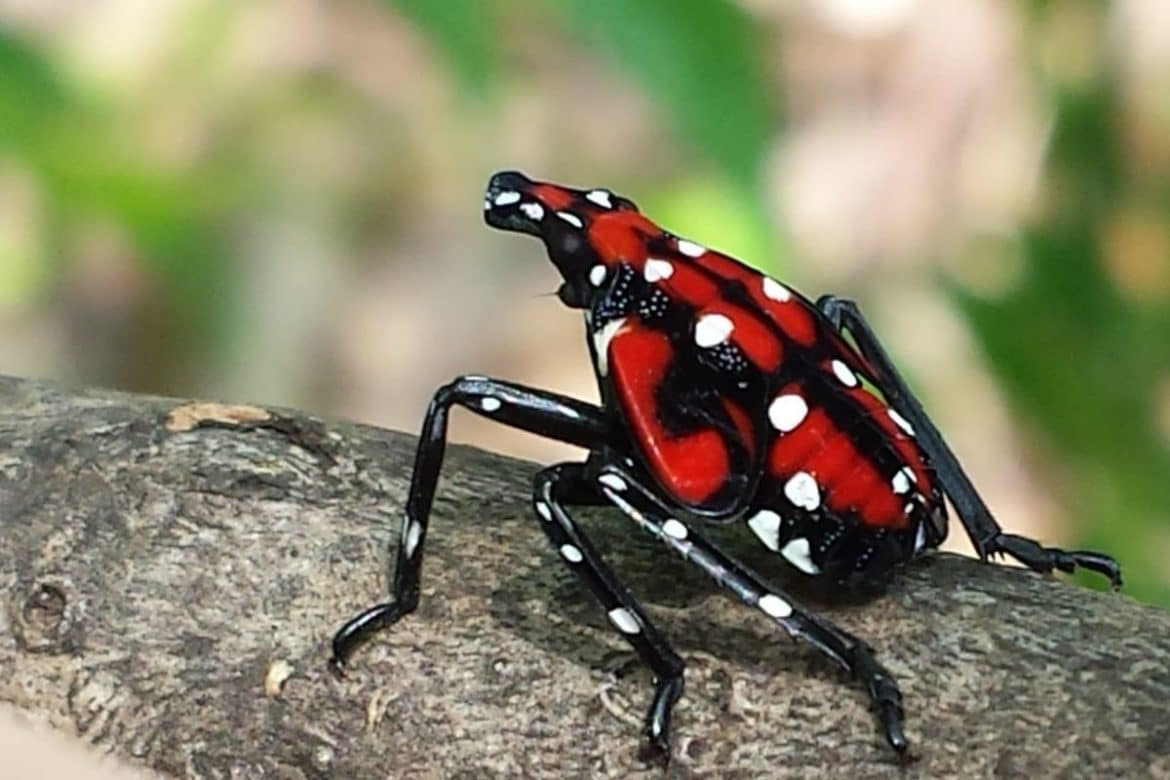
Larval Spotted lanternflies are called nymphs. They look like miniature adults without wings. They range from black with white spots to red with white spots.
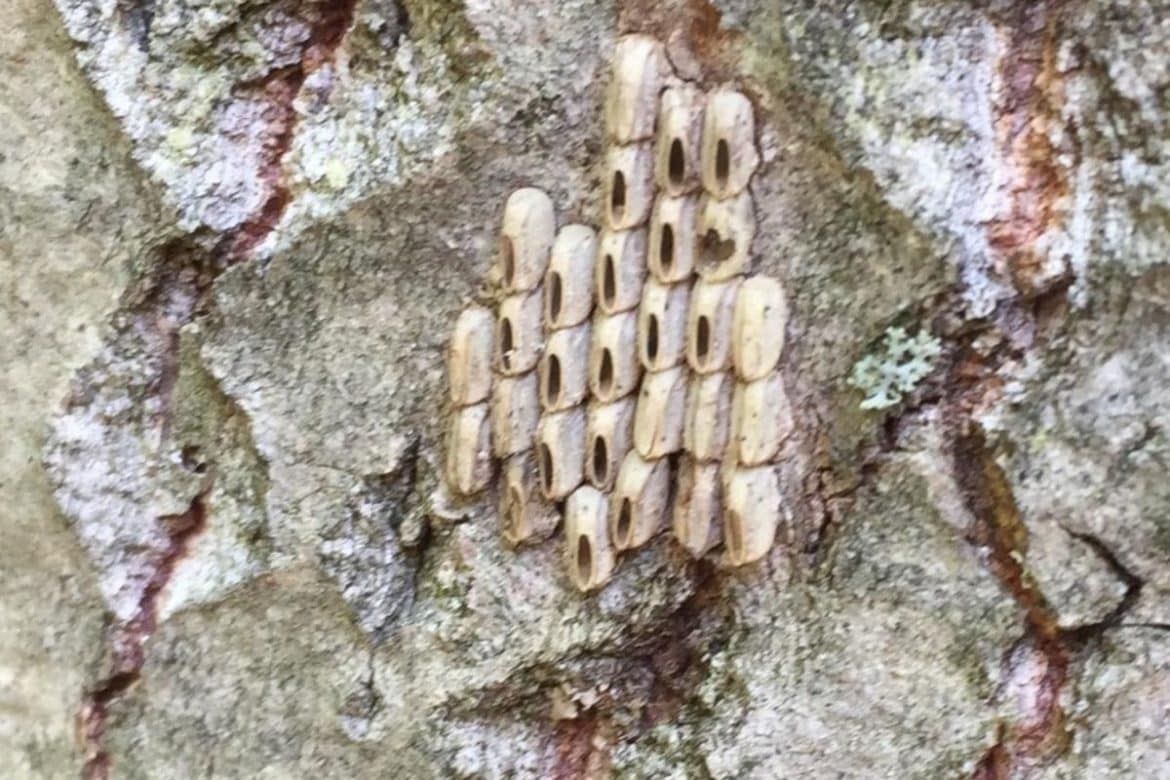
Their eggs are laid in masses of 4-7 vertical rows on the trunks of host trees. When freshly laid they are covered in a waxy substance which disappears over time. Egg masses are around 2.5 cm wide.
Adults develop in late July and lay eggs on host plants throughout the fall. The eggs hatch in the spring and adults begin to appear in early summer. Adults fly between plants and may land on vehicles, or even trains, which carry them to new areas.
Spotted lanternfly spend most of their lives on or travelling between host plants. Their preferred hosts include Tree-of-heaven, grapes, apple trees, various stonefruits, pines, oaks, walnuts, and poplars. They have been known to feed on many other hardwood tree species.
Report Spotted Lanternfly
ISCBC is asking the people of British Columbia to report suspect sightings of Spotted lanternfly. If possible, catch and collect the insect for follow up confirmation.
Share


